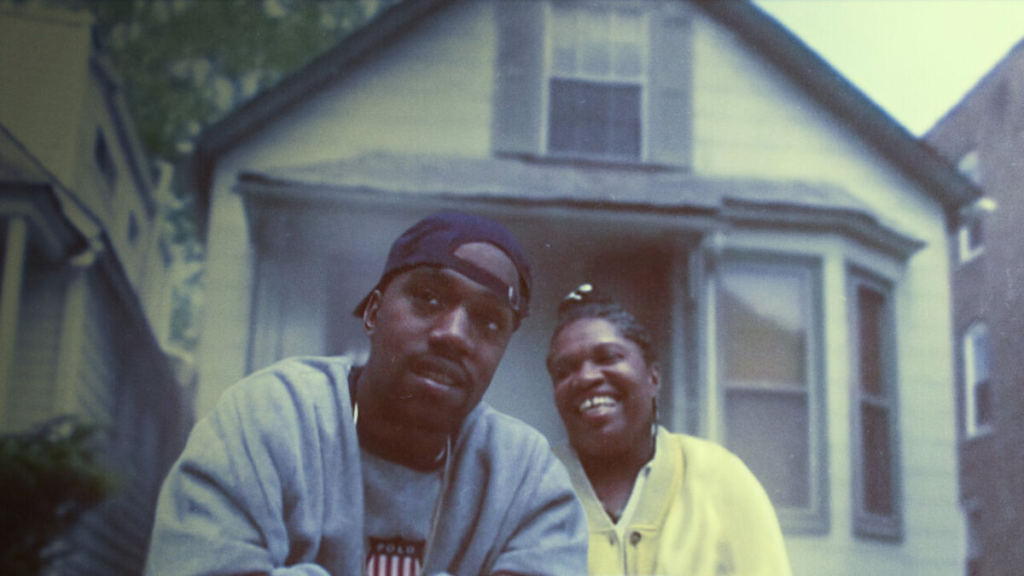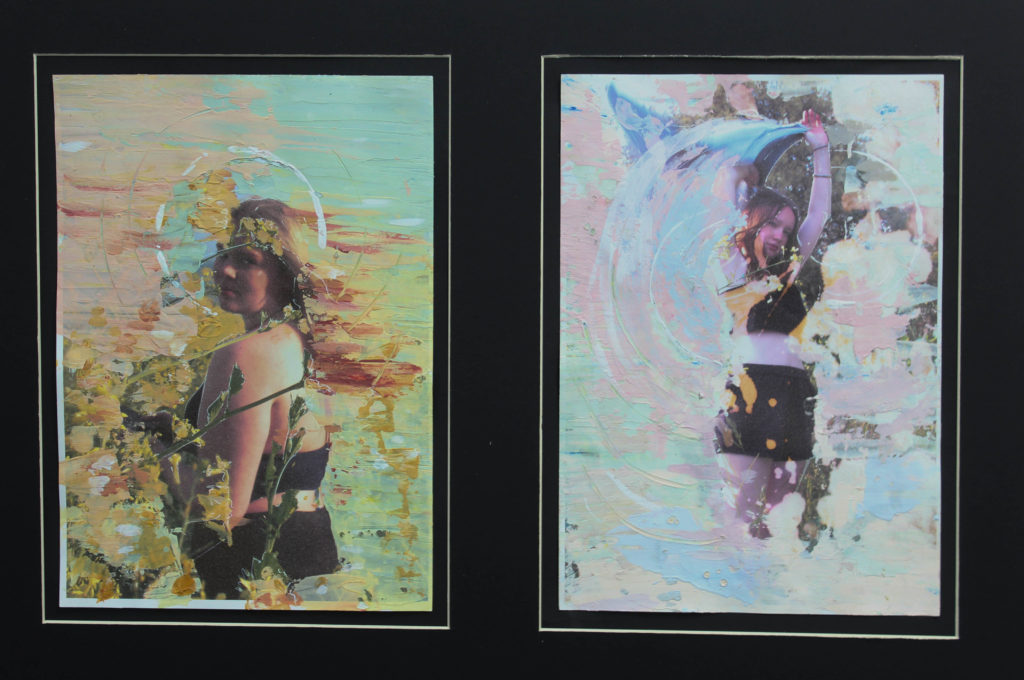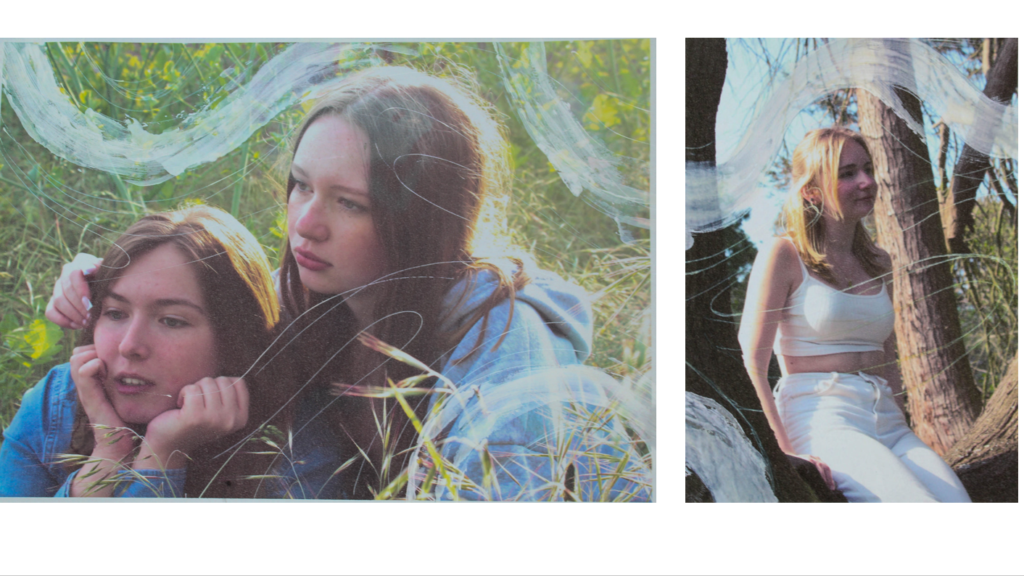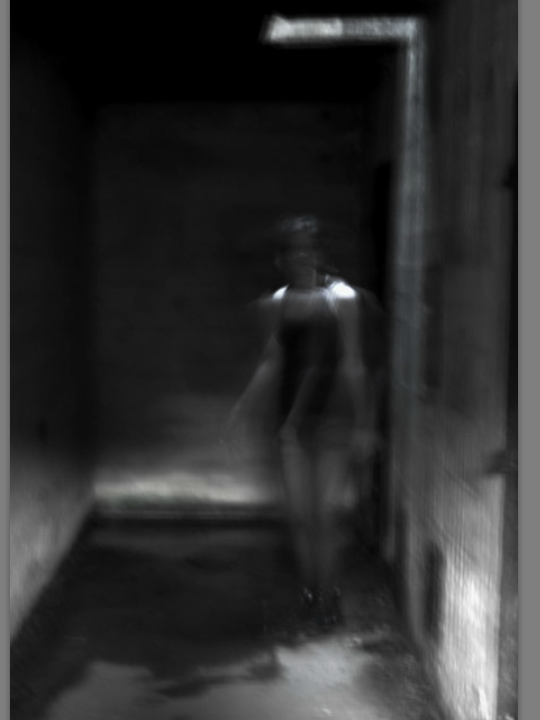Coodie Simmons is a filmmaker known for his distinctive style characterized by a raw and intimate approach to storytelling. With a background in music videos, documentaries, and sports content, Simmons has developed a unique cinematic language that combines elements of vérité filmmaking, stylized visuals, and authentic human emotion.

One hallmark of Simmons’ style is his use of vérité techniques, which prioritize capturing unscripted moments and genuine interactions. This approach imbues his films with a sense of immediacy and realism, allowing viewers to feel like they are experiencing events alongside the subjects. Simmons often employs handheld cameras and natural lighting to further enhance this sense of intimacy, creating a fly-on-the-wall perspective that invites audiences into the world of his subjects.

In addition to vérité techniques, Simmons is known for his innovative visual storytelling. He frequently incorporates stylized cinematography, dynamic editing, and creative use of music to enhance the emotional impact of his films. Whether he is capturing the energy of a live performance or exploring the personal struggles of his subjects, Simmons’ visual style is both immersive and evocative, drawing viewers deeper into the narrative.
Simmons’ background in music videos has also influenced his filmmaking style, particularly in his use of music as a narrative tool. He has a keen ear for selecting tracks that complement the tone and themes of his films, using music to underscore emotional moments, drive the pace of the story, and create a sense of atmosphere. This synergy between image and sound is a defining characteristic of Simmons’ work, elevating his films beyond mere documentary into the realm of cinematic artistry.
One of Simmons’ most notable projects is the documentary film “A Kid From Coney Island,” which chronicles the life and career of former NBA star Stephon Marbury. In this film, Simmons employs his signature vérité style to provide an intimate portrait of Marbury’s journey from humble beginnings to basketball stardom. Through a combination of archival footage, interviews, and vérité scenes, Simmons captures the highs and lows of Marbury’s career with honesty and depth, painting a nuanced portrait of a complex and enigmatic figure.

In addition to his work in documentary filmmaking, Simmons has also directed narrative projects that showcase his versatility as a filmmaker. Whether he is telling real-life stories or crafting fictional narratives, Simmons’ commitment to authenticity and emotional honesty remains constant. His films are imbued with a sense of humanity and empathy, inviting audiences to connect with the characters and themes on a deeply personal level.
Overall, Coodie Simmons’ filmmaking style is characterized by its rawness, intimacy, and emotional resonance. Whether he is capturing the thrill of victory on the basketball court or the quiet moments of introspection behind the scenes, Simmons approaches each project with a commitment to truth and authenticity that shines through in every frame. Through his innovative visual storytelling and keen sense of narrative, Simmons continues to push the boundaries of documentary filmmaking, creating work that is both compelling and unforgettable.



































